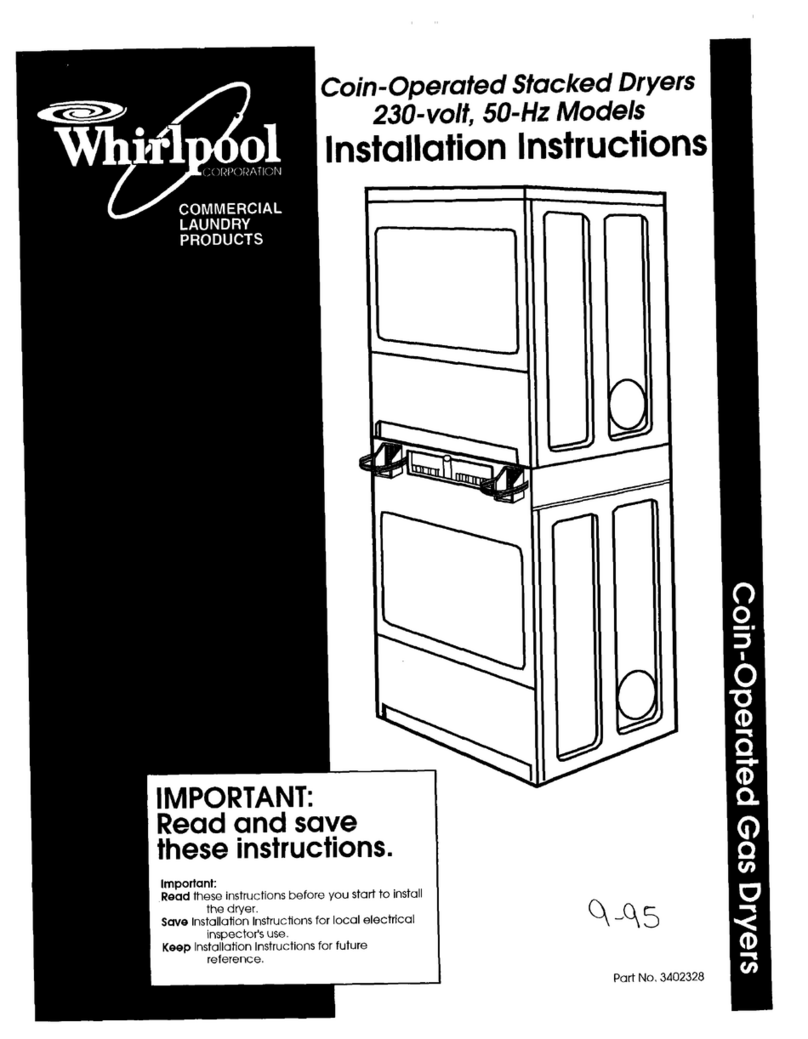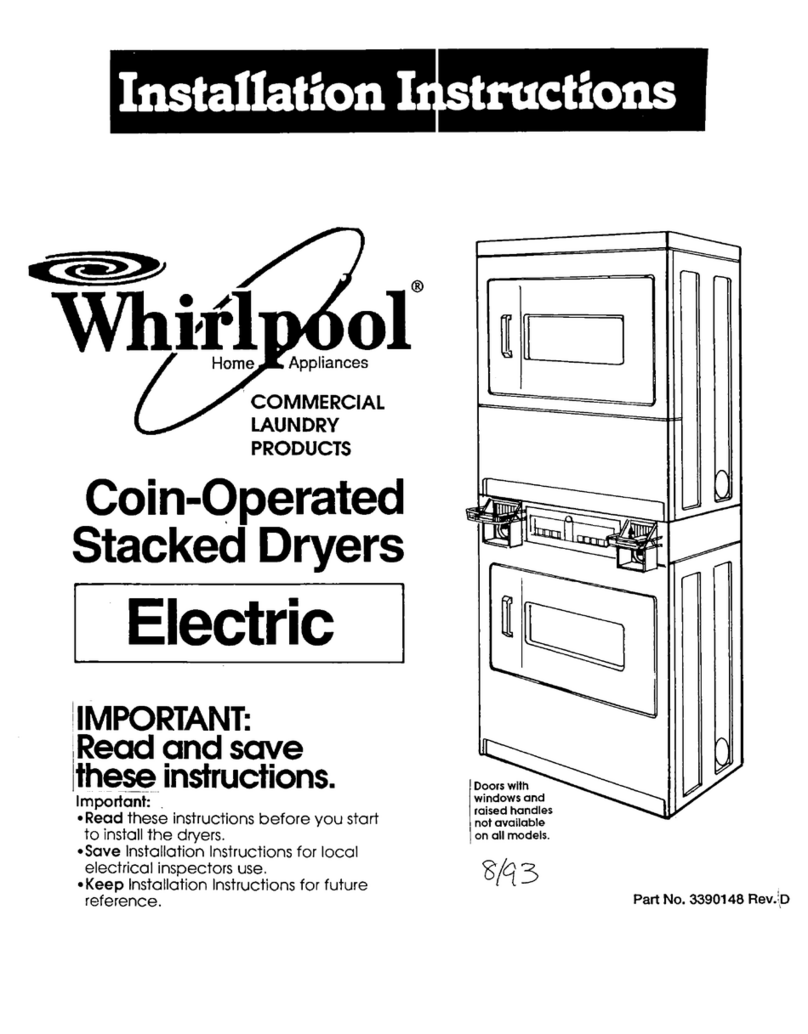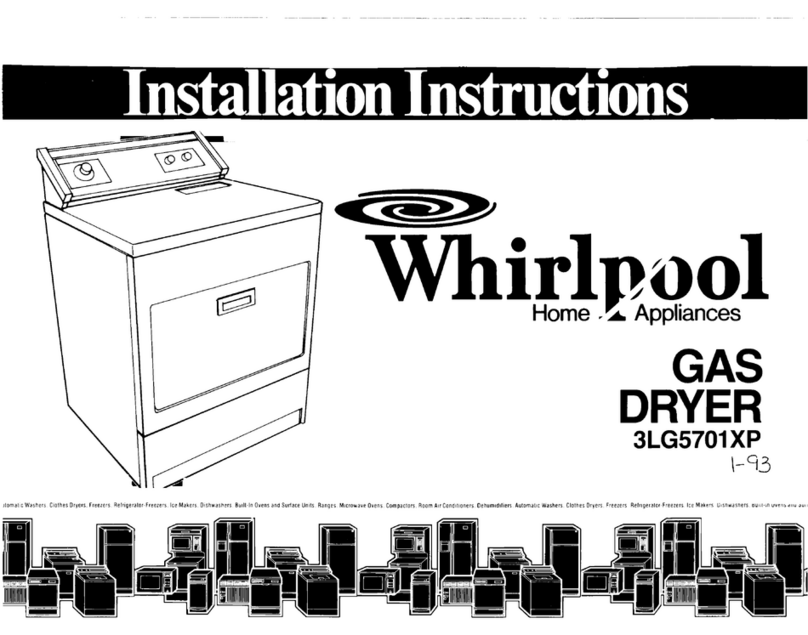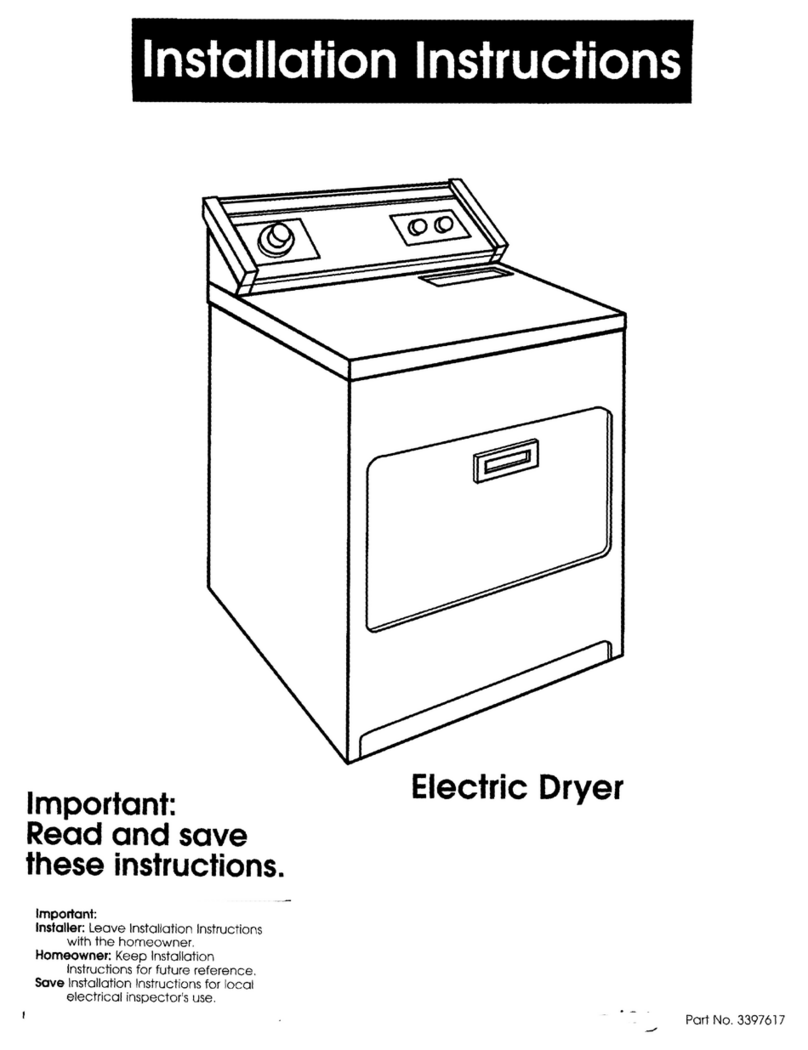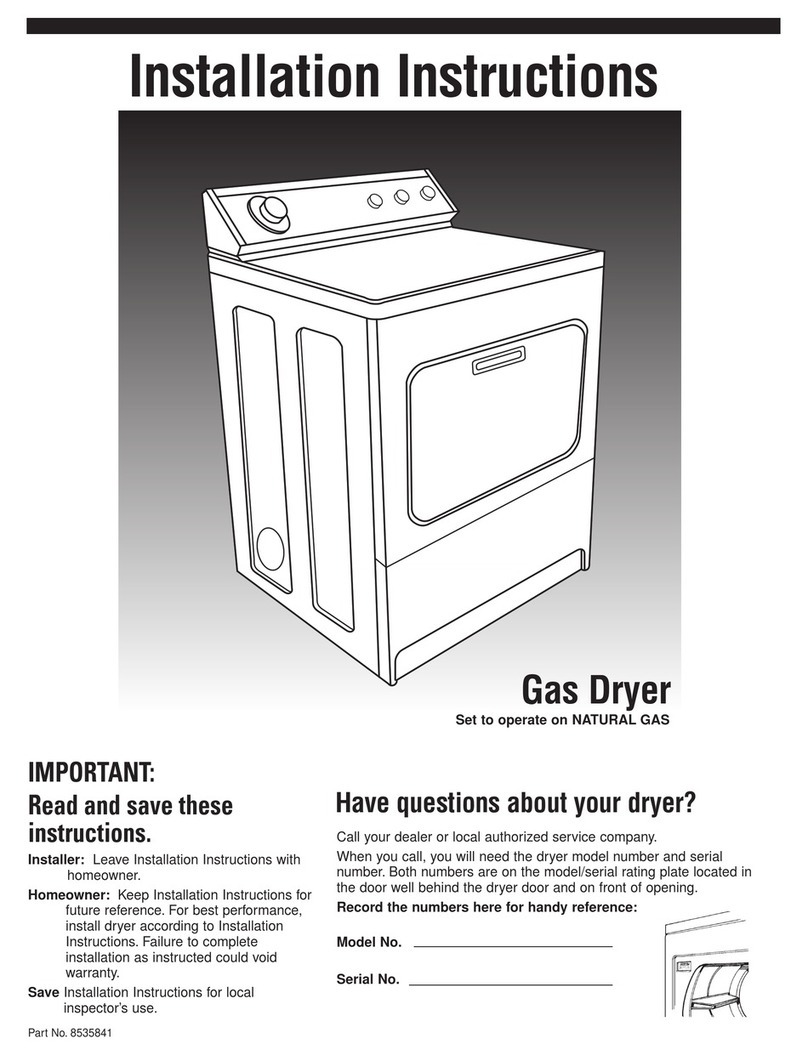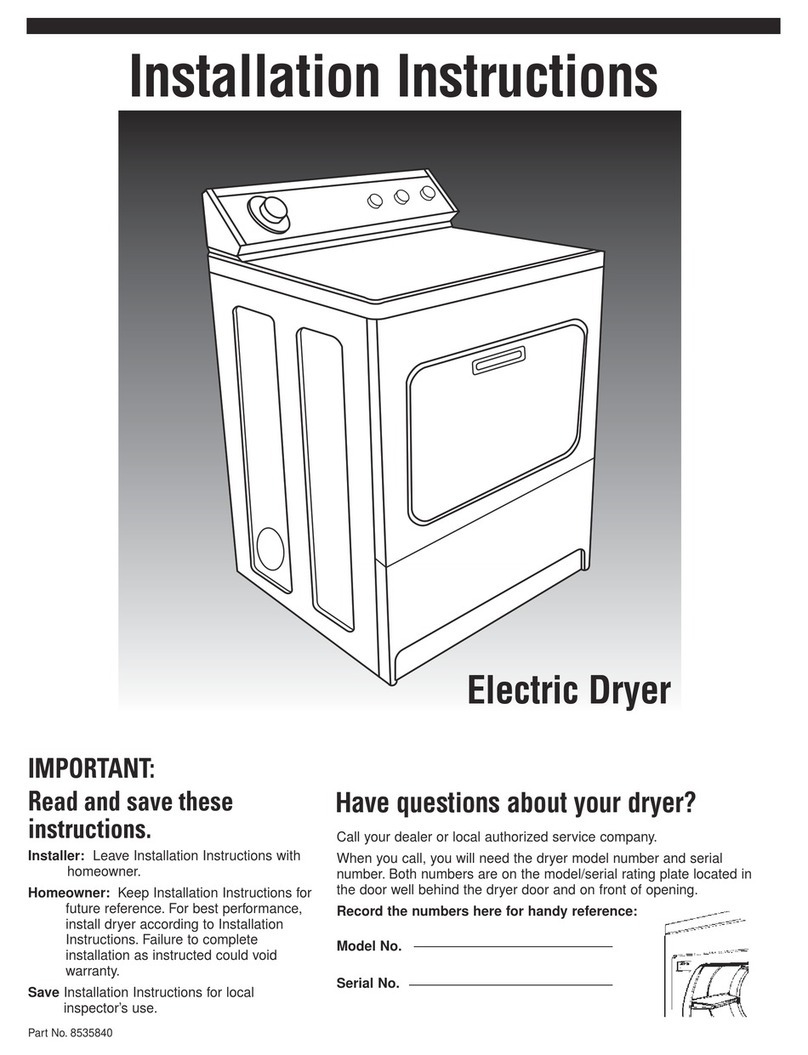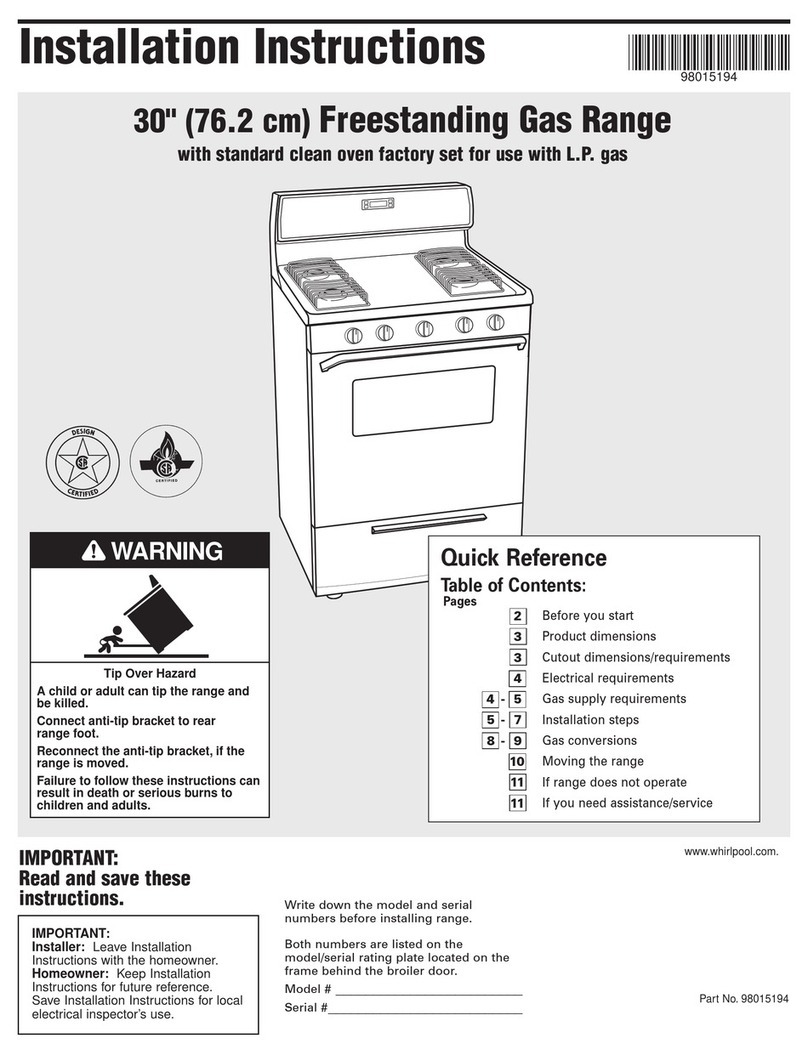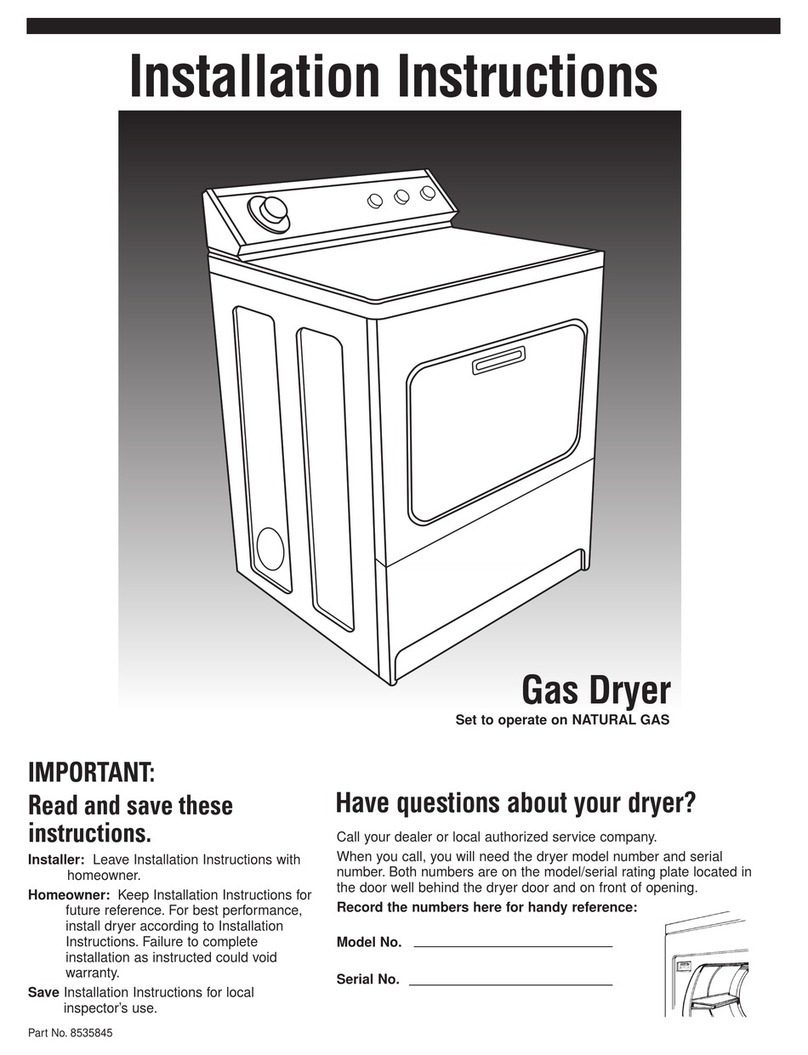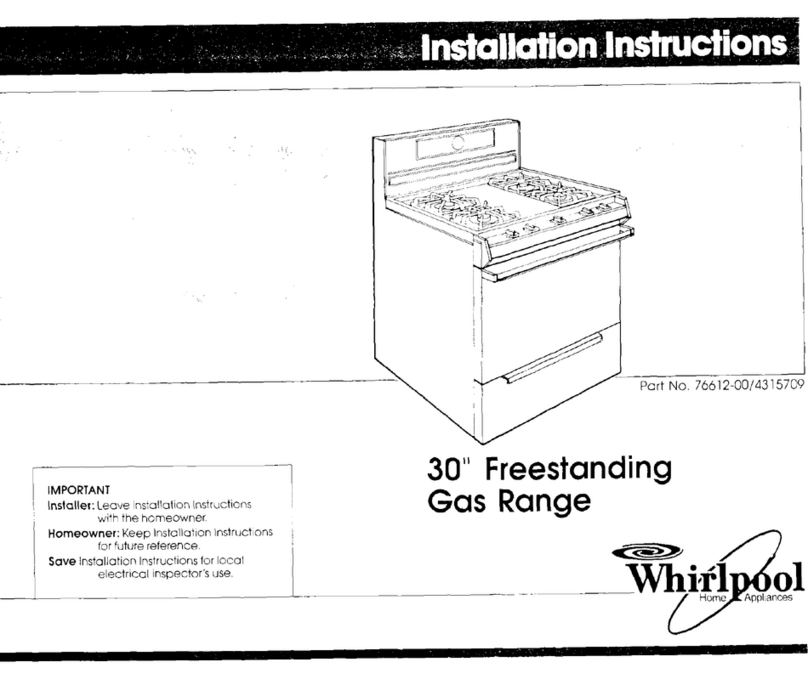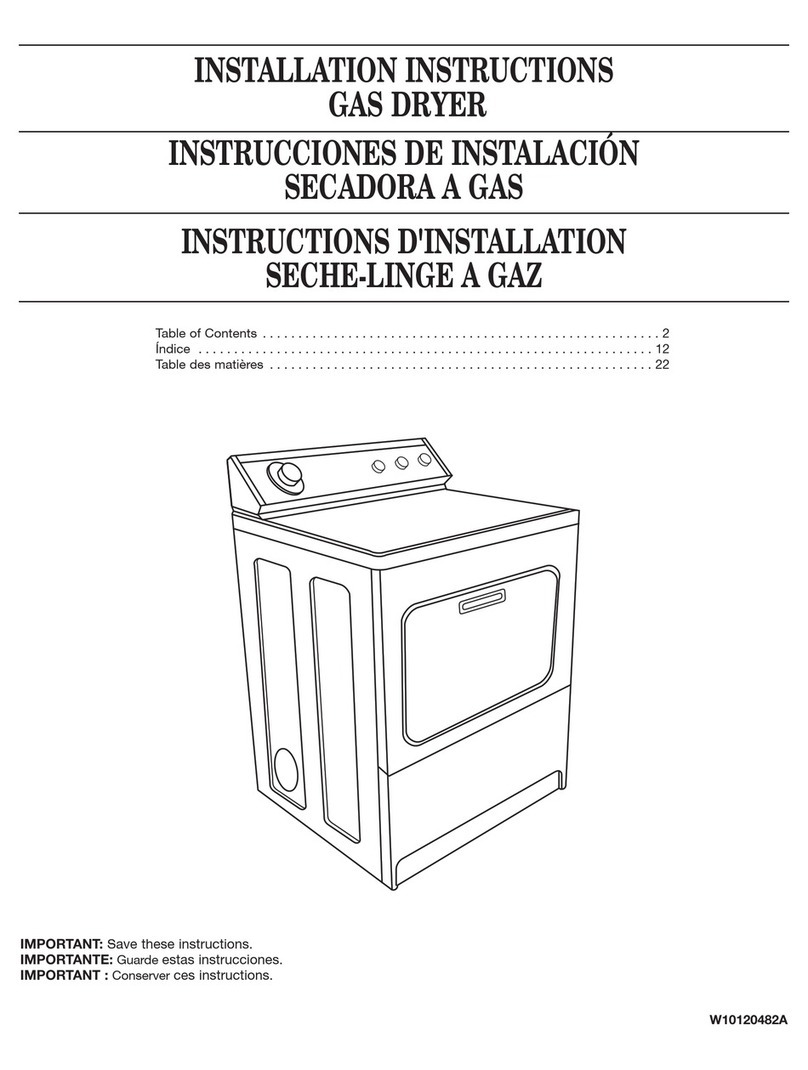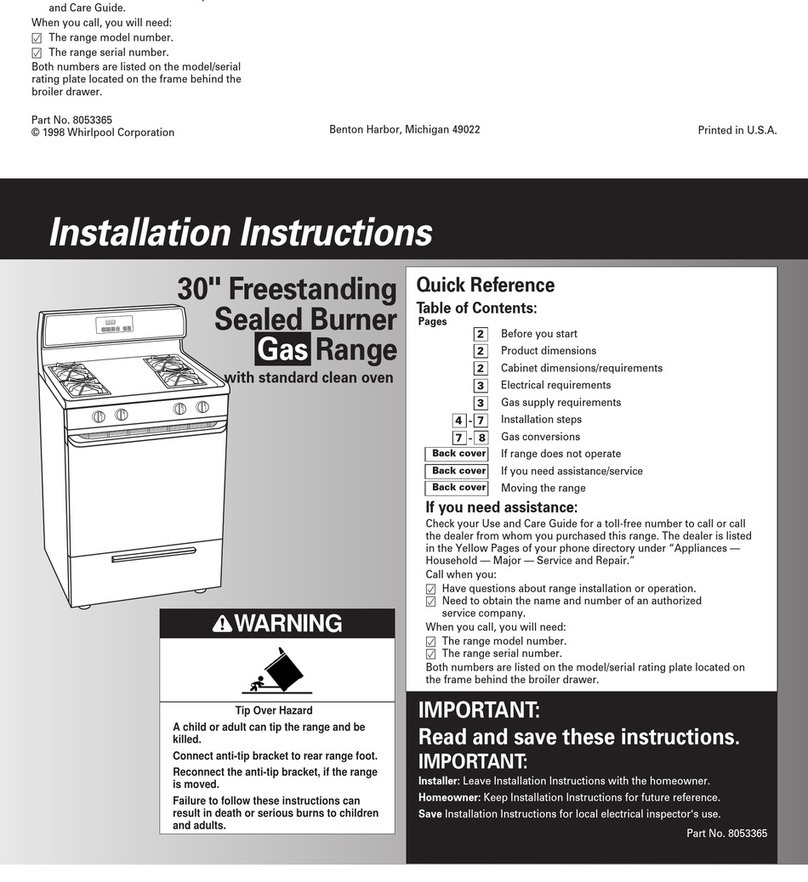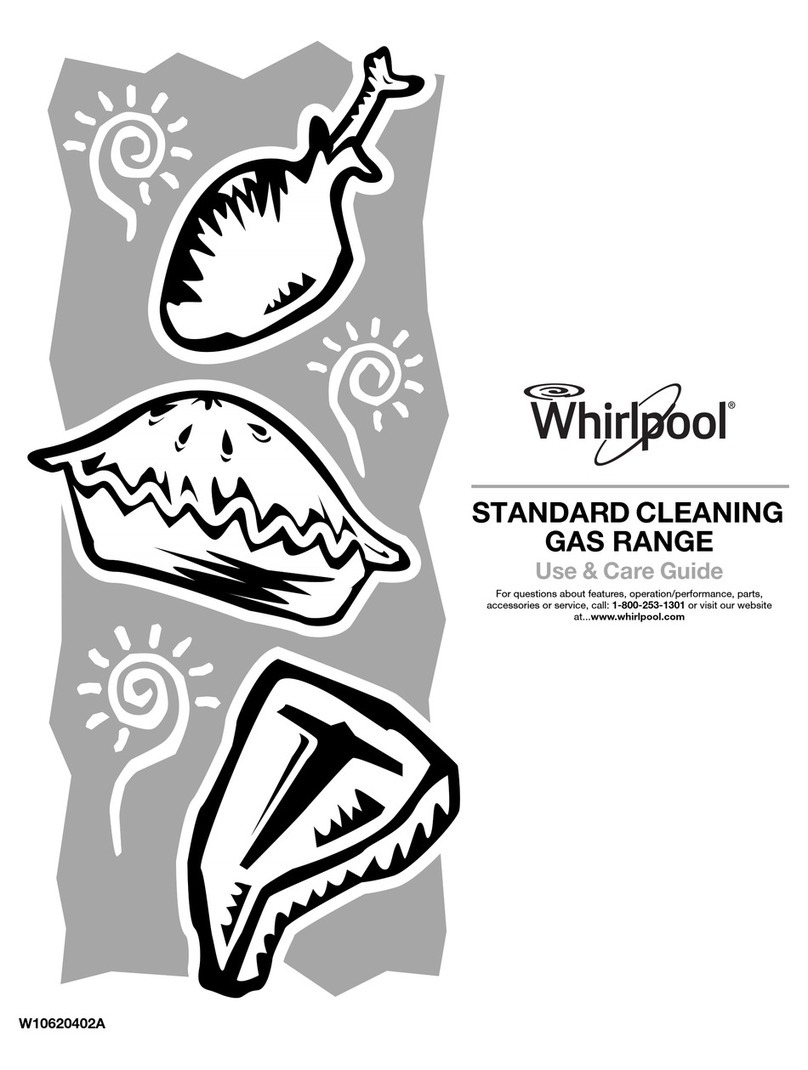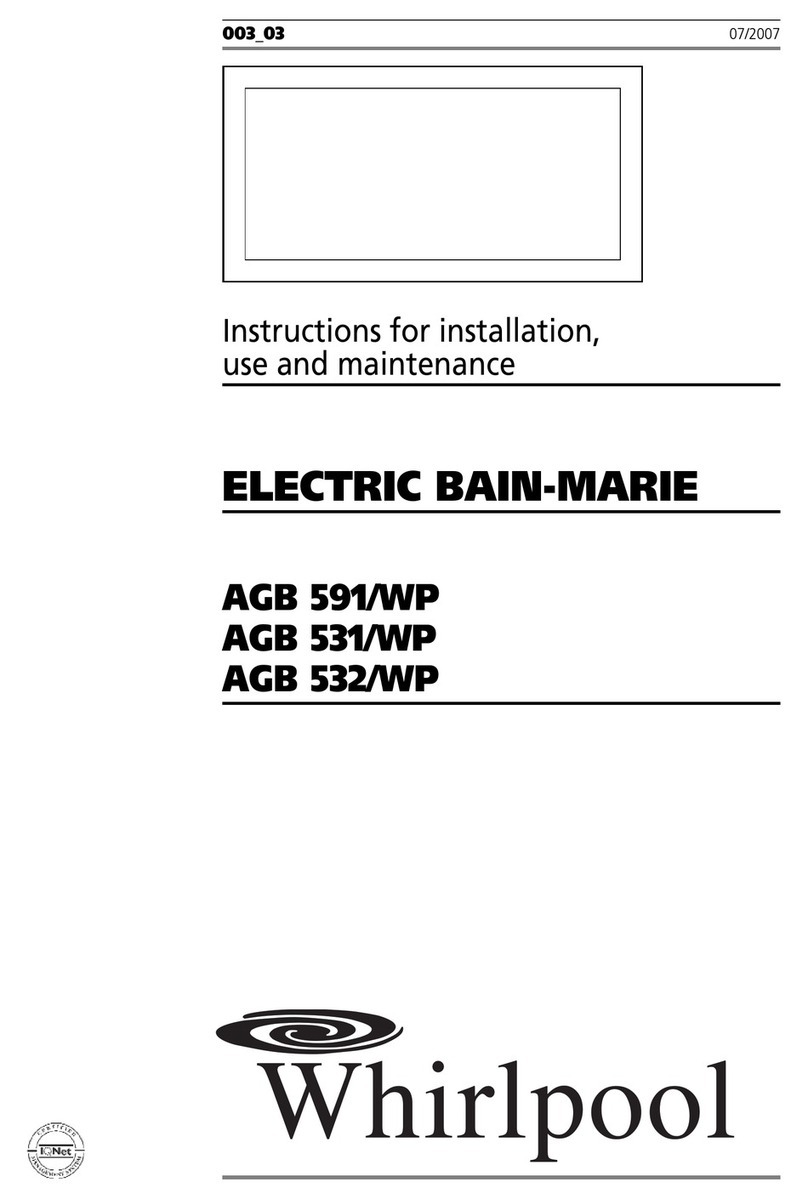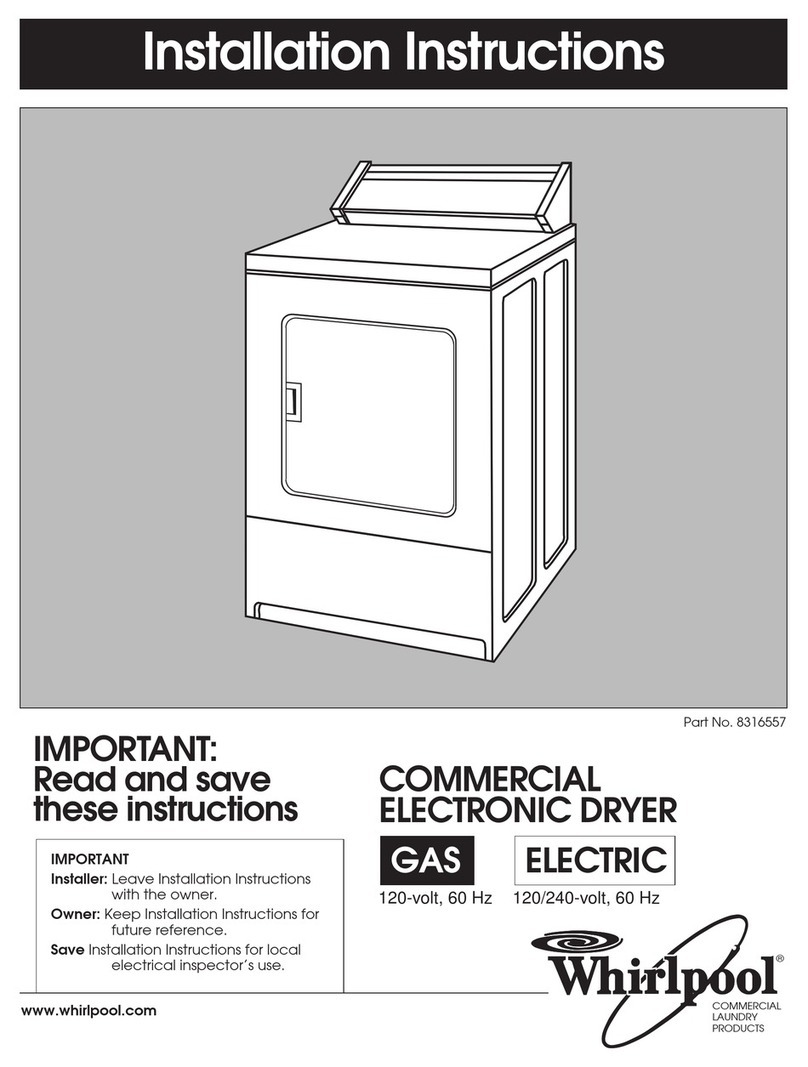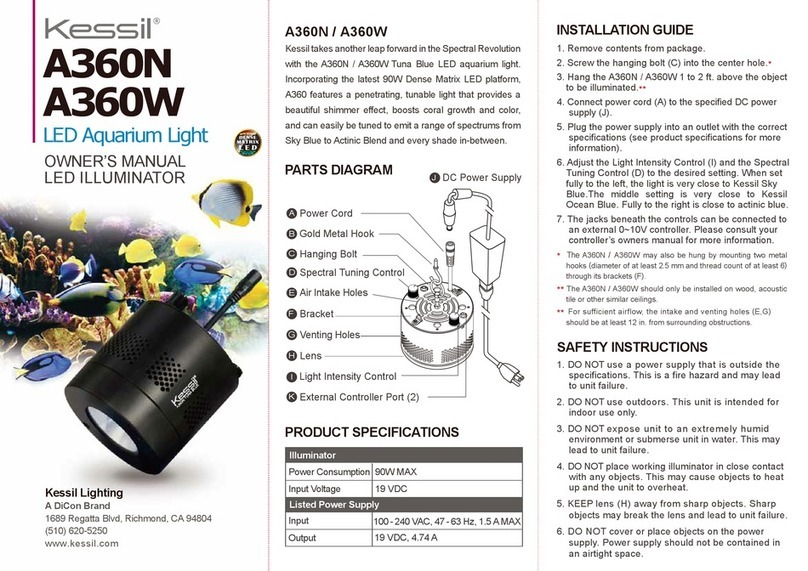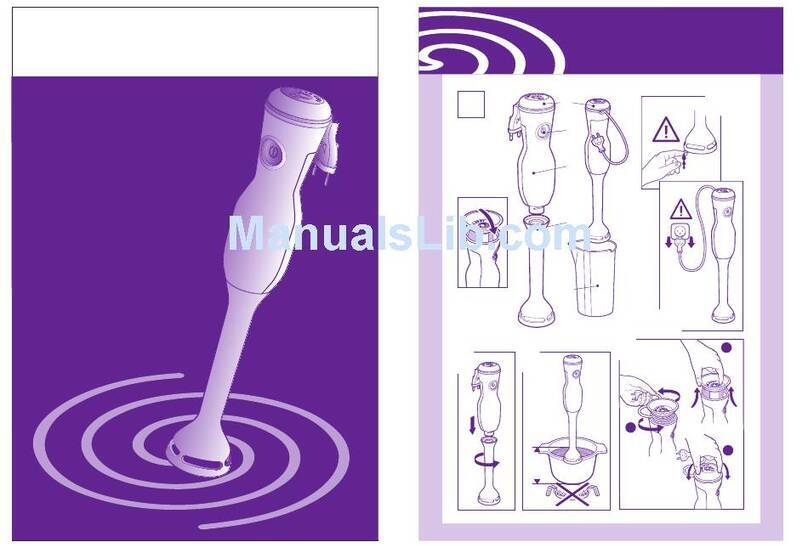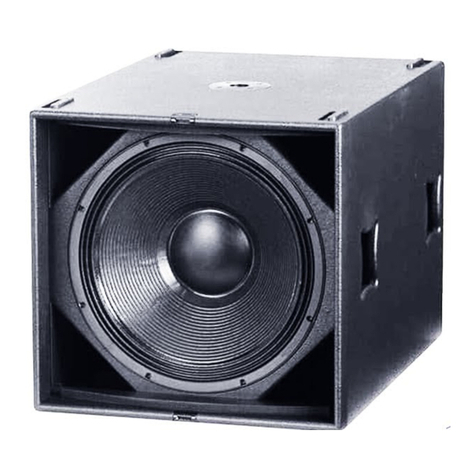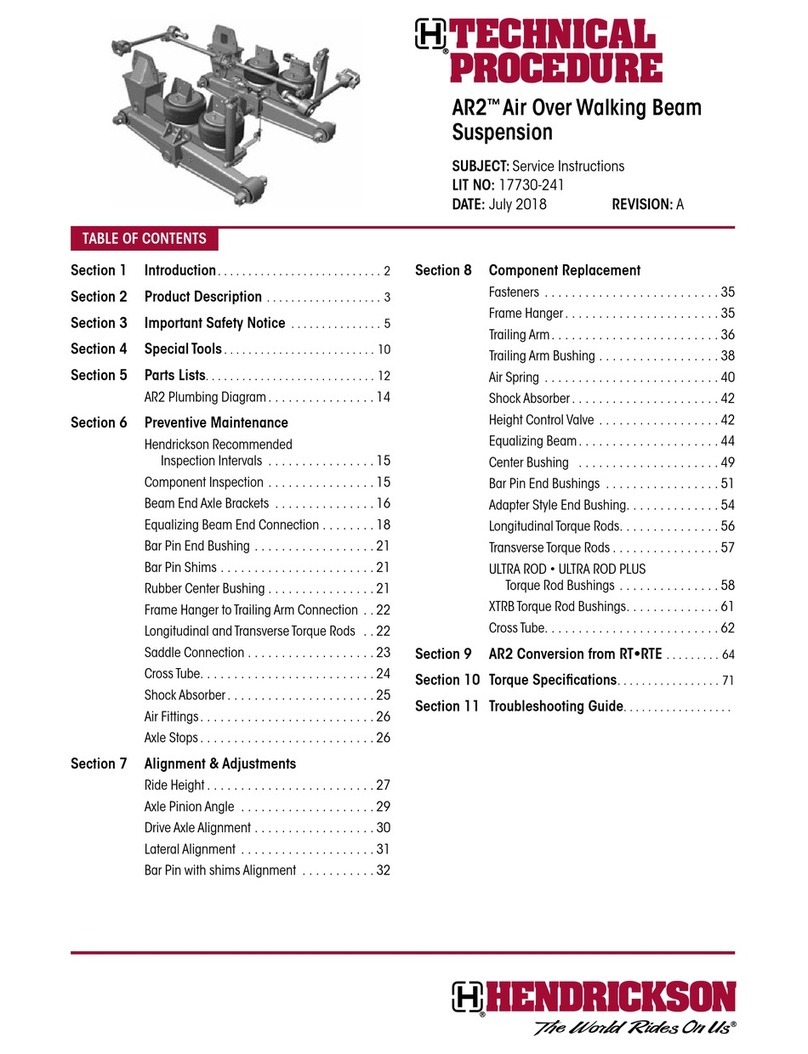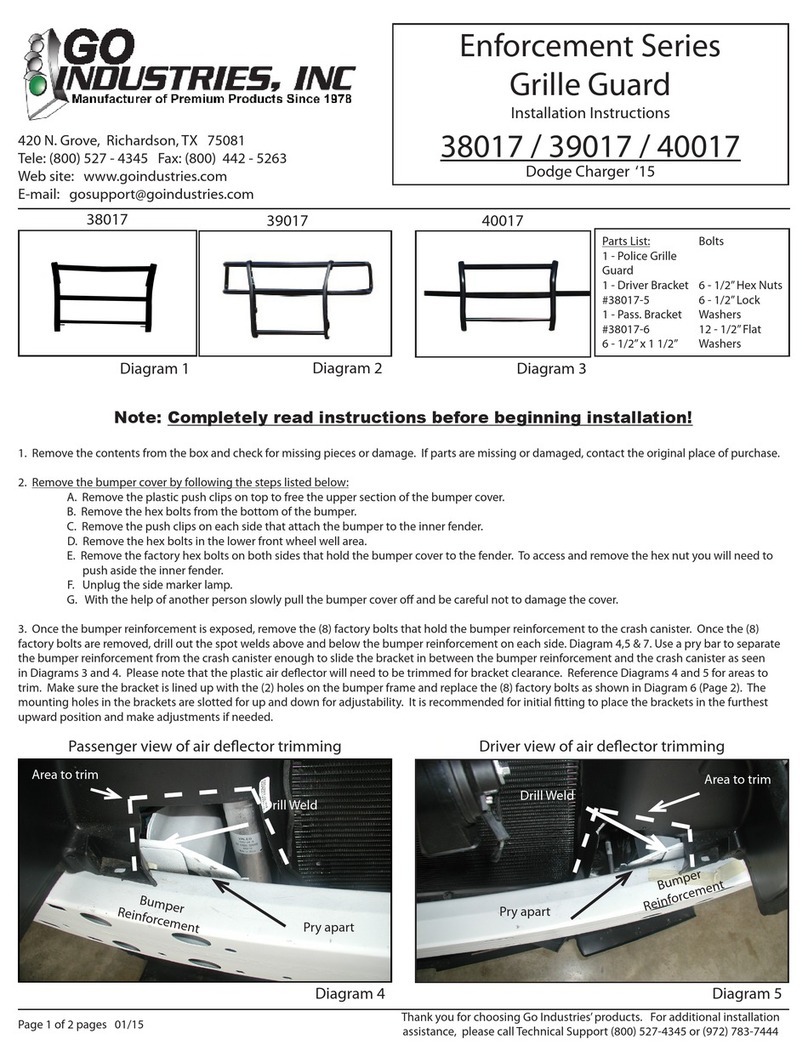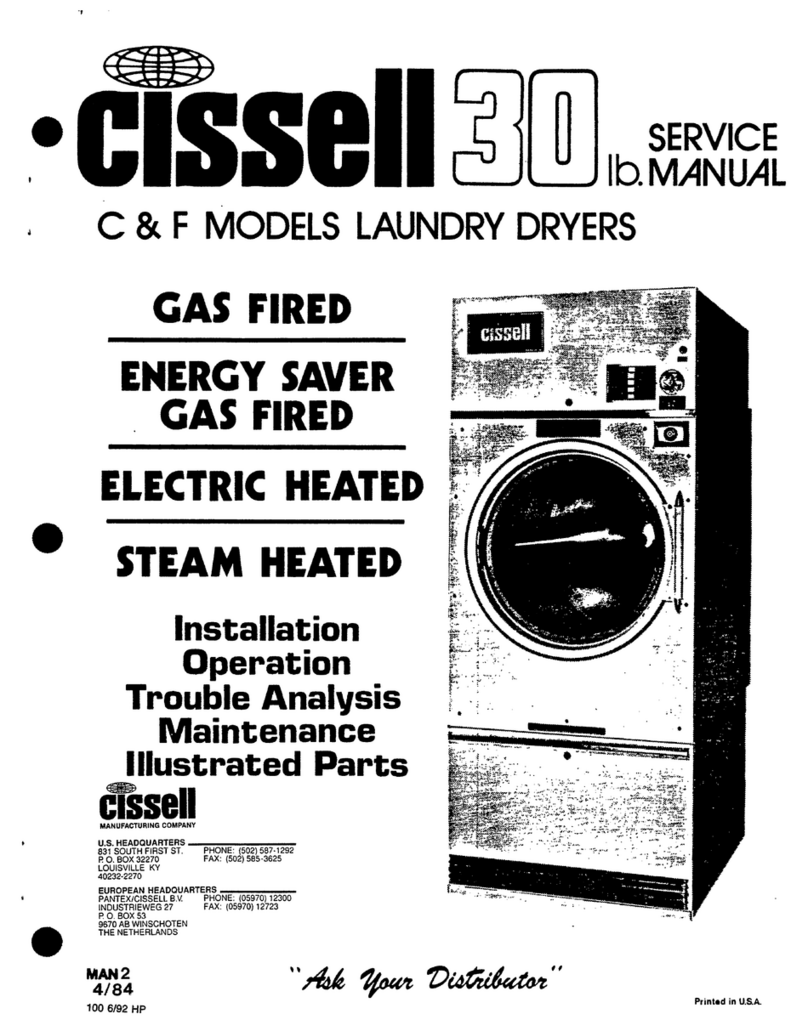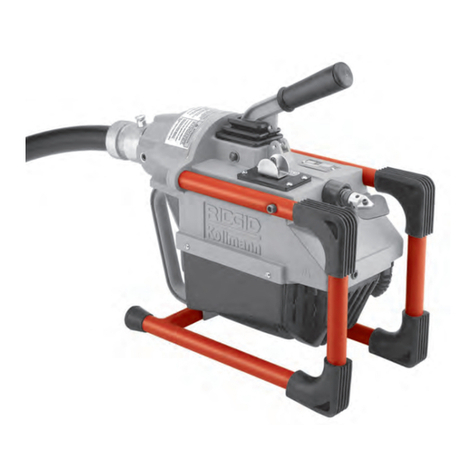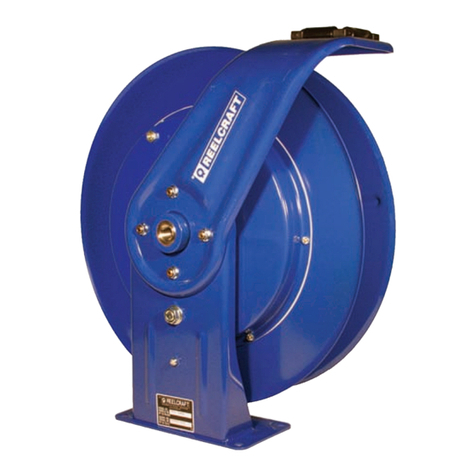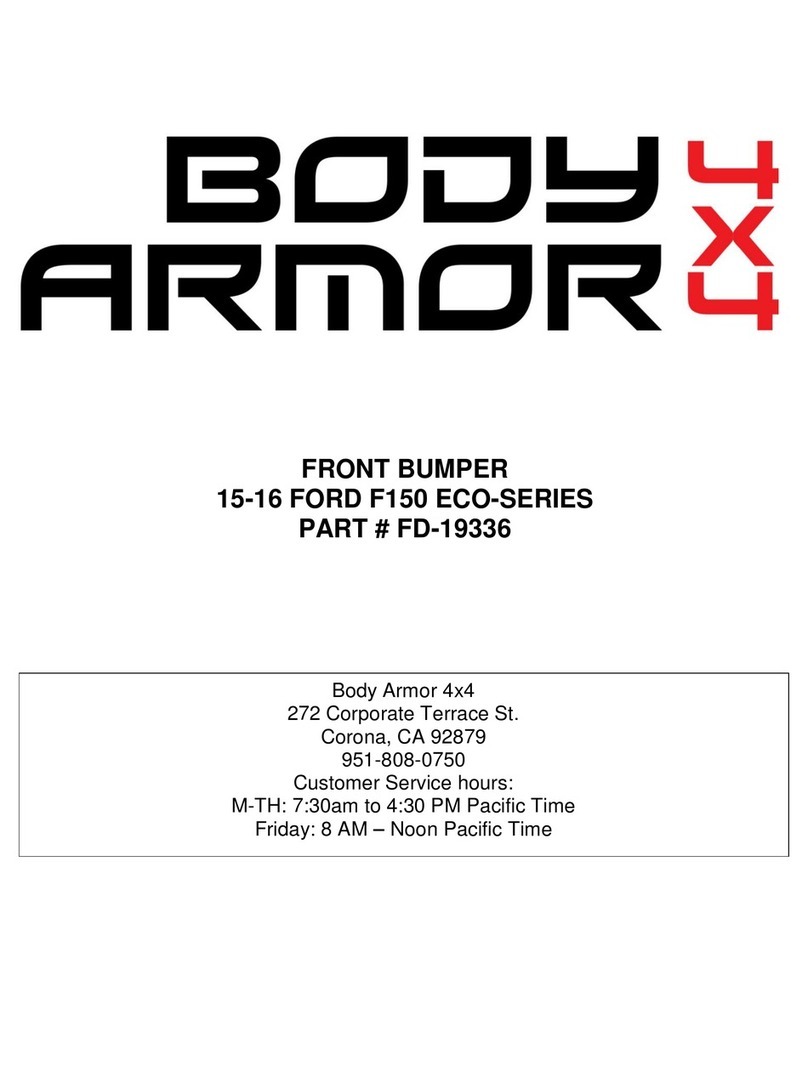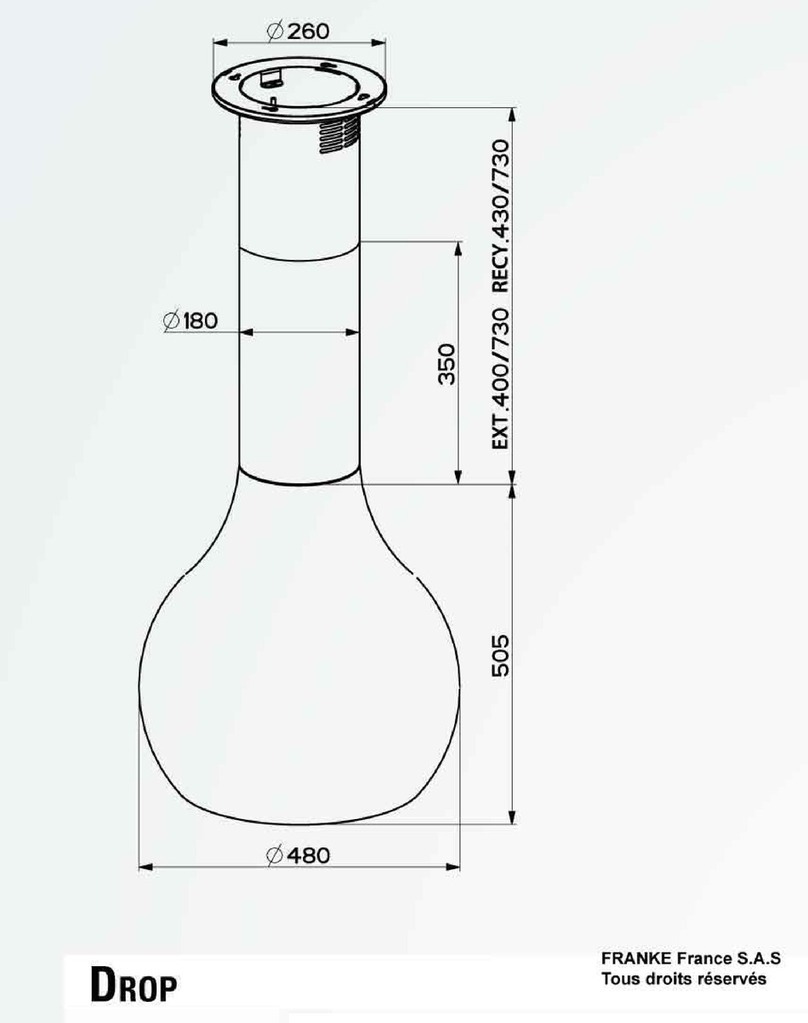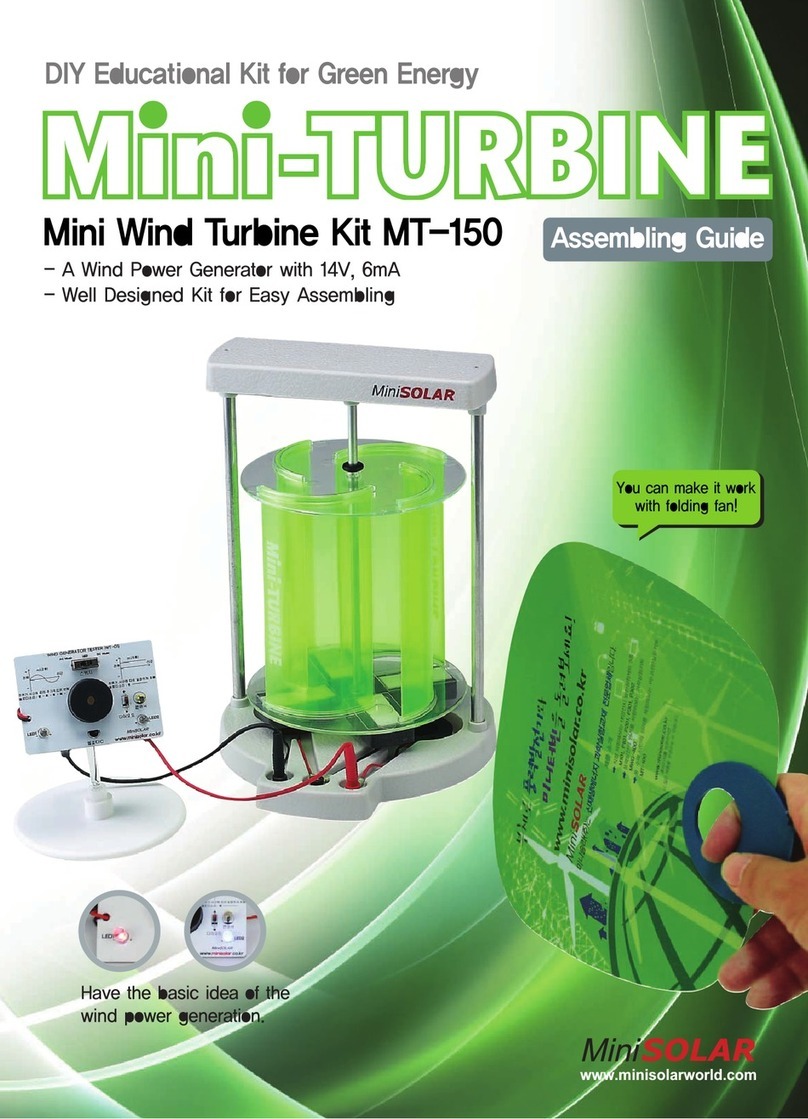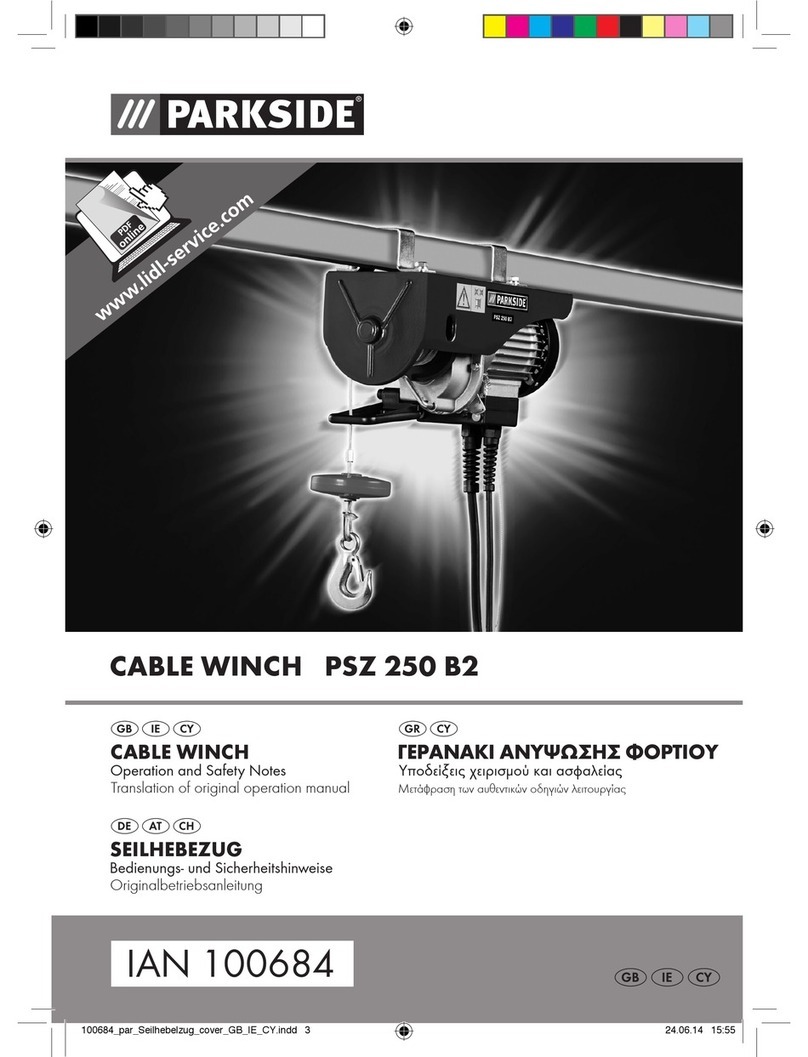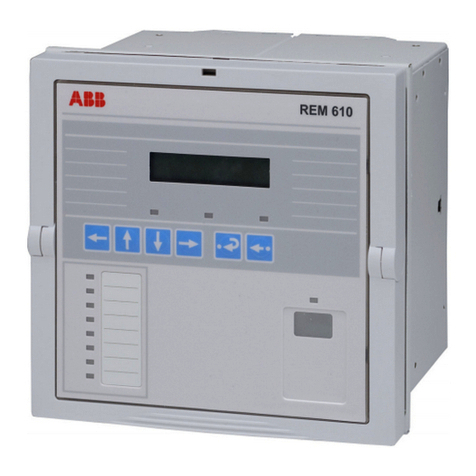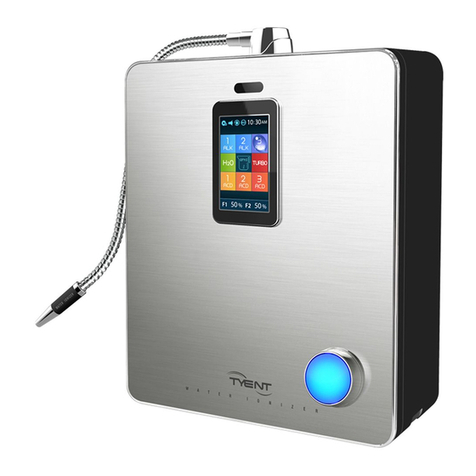
Plan installation to use the fewest number of elbows and turns.
Allow as much room as possible when using elbows or making
turns. Bend vent gradually to avoid kinking.
Vent outlet is located at the center of the bottom dryer back.
The vent can be routed up, down, left, right, behind the dryer or
straight out the back of the dryer.
Vent System Length
Maximum length of vent system depends upon the type of vent
used, number of elbows and type of exhaust hood. The maximum
length for both rigid and flexible vent is shown in the chart.
For vent systems not covered by the vent specification chart, see
Whirlpool Service Manual, “Exhausting Whirlpool Dryers,” Part
No. LIT603197, available from your Whirlpool parts distributor.
If dryer is installed in a confined area, such as a bedroom,
bathroom or closet, provision must be made for enough air for
combustion and ventilation. (Check governing codes and
ordinances.) See “Recessed Area and Closet Installation
Instructions” in the “Location Requirements” section
A four-inch outlet hood is preferred. However, a 2" (64 mm)
outlet exhaust hood may be used. A 2" (64 mm) outlet creates
greater back pressure than other hood types. For permanent
installation, a stationary vent system is required.
8
Gas Supply Pressure Testing
A " NPT minimum plugged tapping, accessible for gauge
testing, must be installed immediately upstream of the gas supply
connection to the dryer.
The dryer must be disconnected from the gas supply piping
system during any pressure testing of the system at test
pressures in excess of psig.
Venting Requirements
WARNING: To reduce the risk of fire, this dryer MUST BE
EXHAUSTED OUTDOORS.
The dryer exhaust must not be connected into any gas vent,
chimney, wall, ceiling, attic, crawlspace, or a concealed space
of a building.
Do not use an exhaust hood with a magnetic latch.
Do not install flexible metal vent in enclosed walls, ceilings,
or floors.
4" (102 mm) heavy metal vent and clamps must be used.
Use clamps to seal all joints. Do not use duct tape, screws,
or other fastening devices that extend into the interior of the
vent. Items sticking through the vent can catch lint.
IMPORTANT:Observe all governing codes and ordinances.
Use a heavy metal vent. Do not use plastic or metal foil vent.
Rigid metal vent is recommended to prevent crushing and
kinking.
Flexible metal vent must be fully extended and supported when
the dryer is in its final position. Remove excess flexible metal vent
to avoid sagging and kinking that may result in reduced airflow
and poor performance.
An exhaust hood should cap the vent to prevent rodents and
insects from entering the home or business.
Exhaust hood must be at least 12" (305 mm) from the ground or
any object that may be in the path of the exhaust (such as
flowers, rocks or bushes).
If using an existing vent system, clean lint from the entire length
of the system and make sure exhaust hood is not plugged with
lint. Replace any plastic or metal foil vent with rigid metal or
flexible metal vent.
WARNING
Fire Hazard
Use a heavy metal vent.
Do not use a plastic vent.
Do not use a metal foil vent.
Failure to follow these instructions can result in death
or fire.
AB
Exhaust Air Flow
A. Better
B. Good
Rigid Metal Vent
No. of 90° turns
No. of 90° turns
Flexible Metal Vent
4" (102 mm) Diameter Exhaust Hoods
Maximum Vent Length
64 ft. (19.5 m)
54 ft. (16.5 m)
44 ft. (13.4 m)
35 ft. (10.7 m)
27 ft. (8.2 m)
36 ft. (11.0 m)
31 ft. (9.4 m)
27 ft. (8.2 m)
25 ft. (7.6 m)
23 ft. (7.0 m)
0
1
2
3
4
0
1
2
3
4
58 ft. (17.7 m)
48 ft. (14.6 m)
38 ft. (11.6 m)
29 ft. (8.8 m)
21 ft. (6.4 m)
28 ft. (8.5 m)
23 ft. (7.0 m)
19 ft. (5.8 m)
17 ft. (5.2 m)
15 ft. (4.6 m)
Box Hood and Louvered Style Angled Hood Style
Box Hood and Louvered Style Angled Hood Style
The total length of flexible metal vent shall not exceed 73/4ft
(2.4 m).
Only rigid or flexible metal duct shall be used for exhausting.
Box Louvered
21
⁄
2
"(63.5 mm) Angled
Plan installation to use the fewest number of elbows and turns.
Allow as much room as possible when using elbows or making
turns. Bend vent gradually to avoid kinking.
Vent outlet is located at the center of the bottom dryer back.
The vent can be routed up, down, left, right, behind the dryer or
straight out the back of the dryer.
Vent System Length
Maximum length of vent system depends upon the type of vent
used, number of elbows and type of exhaust hood. The maximum
length for both rigid and flexible vent is shown in the chart.
For vent systems not covered by the vent specification chart, see
Whirlpool Service Manual, “Exhausting Whirlpool Dryers,” Part
No. LIT603197, available from your Whirlpool parts distributor.
If dryer is installed in a confined area, such as a bedroom,
bathroom or closet, provision must be made for enough air for
combustion and ventilation. (Check governing codes and
ordinances.) See “Recessed Area and Closet Installation
Instructions” in the “Location Requirements” section
A four-inch outlet hood is preferred. However, a 2" (64 mm)
outlet exhaust hood may be used. A 2" (64 mm) outlet creates
greater back pressure than other hood types. For permanent
installation, a stationary vent system is required.
8
Gas Supply Pressure Testing
A " NPT minimum plugged tapping, accessible for gauge
testing, must be installed immediately upstream of the gas supply
connection to the dryer.
The dryer must be disconnected from the gas supply piping
system during any pressure testing of the system at test
pressures in excess of psig.
Venting Requirements
WARNING: To reduce the risk of fire, this dryer MUST BE
EXHAUSTED OUTDOORS.
The dryer exhaust must not be connected into any gas vent,
chimney, wall, ceiling, attic, crawlspace, or a concealed space
of a building.
Do not use an exhaust hood with a magnetic latch.
Do not install flexible metal vent in enclosed walls, ceilings,
or floors.
4" (102 mm) heavy metal vent and clamps must be used.
Use clamps to seal all joints. Do not use duct tape, screws,
or other fastening devices that extend into the interior of the
vent. Items sticking through the vent can catch lint.
IMPORTANT:Observe all governing codes and ordinances.
Use a heavy metal vent. Do not use plastic or metal foil vent.
Rigid metal vent is recommended to prevent crushing and
kinking.
Flexible metal vent must be fully extended and supported when
the dryer is in its final position. Remove excess flexible metal vent
to avoid sagging and kinking that may result in reduced airflow
and poor performance.
An exhaust hood should cap the vent to prevent rodents and
insects from entering the home or business.
Exhaust hood must be at least 12" (305 mm) from the ground or
any object that may be in the path of the exhaust (such as
flowers, rocks or bushes).
If using an existing vent system, clean lint from the entire length
of the system and make sure exhaust hood is not plugged with
lint. Replace any plastic or metal foil vent with rigid metal or
flexible metal vent.
WARNING
Fire Hazard
Use a heavy metal vent.
Do not use a plastic vent.
Do not use a metal foil vent.
Failure to follow these instructions can result in death
or fire.
AB
Exhaust Air Flow
A. Better
B. Good
Rigid Metal Vent
No. of 90° turns
No. of 90° turns
Flexible Metal Vent
4" (102 mm) Diameter Exhaust Hoods
Maximum Vent Length
64 ft. (19.5 m)
54 ft. (16.5 m)
44 ft. (13.4 m)
35 ft. (10.7 m)
27 ft. (8.2 m)
36 ft. (11.0 m)
31 ft. (9.4 m)
27 ft. (8.2 m)
25 ft. (7.6 m)
23 ft. (7.0 m)
0
1
2
3
4
0
1
2
3
4
58 ft. (17.7 m)
48 ft. (14.6 m)
38 ft. (11.6 m)
29 ft. (8.8 m)
21 ft. (6.4 m)
28 ft. (8.5 m)
23 ft. (7.0 m)
19 ft. (5.8 m)
17 ft. (5.2 m)
15 ft. (4.6 m)
Box Hood and Louvered Style Angled Hood Style
Box Hood and Louvered Style Angled Hood Style
The total length of flexible metal vent shall not exceed 73/4ft
(2.4 m).
Only rigid or flexible metal duct shall be used for exhausting.
Plan installation to use the fewest number of elbows and turns.
Allow as much room as possible when using elbows or making
turns. Bend vent gradually to avoid kinking.
Vent outlet is located at the center of the bottom dryer back.
The vent can be routed up, down, left, right, behind the dryer or
straight out the back of the dryer.
Vent System Length
Maximum length of vent system depends upon the type of vent
used, number of elbows and type of exhaust hood. The maximum
length for both rigid and flexible vent is shown in the chart.
For vent systems not covered by the vent specification chart, see
Whirlpool Service Manual, “Exhausting Whirlpool Dryers,” Part
No. LIT603197, available from your Whirlpool parts distributor.
If dryer is installed in a confined area, such as a bedroom,
bathroom or closet, provision must be made for enough air for
combustion and ventilation. (Check governing codes and
ordinances.) See “Recessed Area and Closet Installation
Instructions” in the “Location Requirements” section
A four-inch outlet hood is preferred. However, a 2" (64 mm)
outlet exhaust hood may be used. A 2" (64 mm) outlet creates
greater back pressure than other hood types. For permanent
installation, a stationary vent system is required.
8
Gas Supply Pressure Testing
A " NPT minimum plugged tapping, accessible for gauge
testing, must be installed immediately upstream of the gas supply
connection to the dryer.
The dryer must be disconnected from the gas supply piping
system during any pressure testing of the system at test
pressures in excess of psig.
Venting Requirements
WARNING: To reduce the risk of fire, this dryer MUST BE
EXHAUSTED OUTDOORS.
The dryer exhaust must not be connected into any gas vent,
chimney, wall, ceiling, attic, crawlspace, or a concealed space
of a building.
Do not use an exhaust hood with a magnetic latch.
Do not install flexible metal vent in enclosed walls, ceilings,
or floors.
4" (102 mm) heavy metal vent and clamps must be used.
Use clamps to seal all joints. Do not use duct tape, screws,
or other fastening devices that extend into the interior of the
vent. Items sticking through the vent can catch lint.
IMPORTANT:Observe all governing codes and ordinances.
Use a heavy metal vent. Do not use plastic or metal foil vent.
Rigid metal vent is recommended to prevent crushing and
kinking.
Flexible metal vent must be fully extended and supported when
the dryer is in its final position. Remove excess flexible metal vent
to avoid sagging and kinking that may result in reduced airflow
and poor performance.
An exhaust hood should cap the vent to prevent rodents and
insects from entering the home or business.
Exhaust hood must be at least 12" (305 mm) from the ground or
any object that may be in the path of the exhaust (such as
flowers, rocks or bushes).
If using an existing vent system, clean lint from the entire length
of the system and make sure exhaust hood is not plugged with
lint. Replace any plastic or metal foil vent with rigid metal or
flexible metal vent.
WARNING
Fire Hazard
Use a heavy metal vent.
Do not use a plastic vent.
Do not use a metal foil vent.
Failure to follow these instructions can result in death
or fire.
AB
Exhaust Air Flow
A. Better
B. Good
Rigid Metal Vent
No. of 90° turns
No. of 90° turns
Flexible Metal Vent
4" (102 mm) Diameter Exhaust Hoods
Maximum Vent Length
64 ft. (19.5 m)
54 ft. (16.5 m)
44 ft. (13.4 m)
35 ft. (10.7 m)
27 ft. (8.2 m)
36 ft. (11.0 m)
31 ft. (9.4 m)
27 ft. (8.2 m)
25 ft. (7.6 m)
23 ft. (7.0 m)
0
1
2
3
4
0
1
2
3
4
58 ft. (17.7 m)
48 ft. (14.6 m)
38 ft. (11.6 m)
29 ft. (8.8 m)
21 ft. (6.4 m)
28 ft. (8.5 m)
23 ft. (7.0 m)
19 ft. (5.8 m)
17 ft. (5.2 m)
15 ft. (4.6 m)
Box Hood and Louvered Style Angled Hood Style
Box Hood and Louvered Style Angled Hood Style
The total length of flexible metal vent shall not exceed 73/4ft
(2.4 m).
Only rigid or flexible metal duct shall be used for exhausting.
